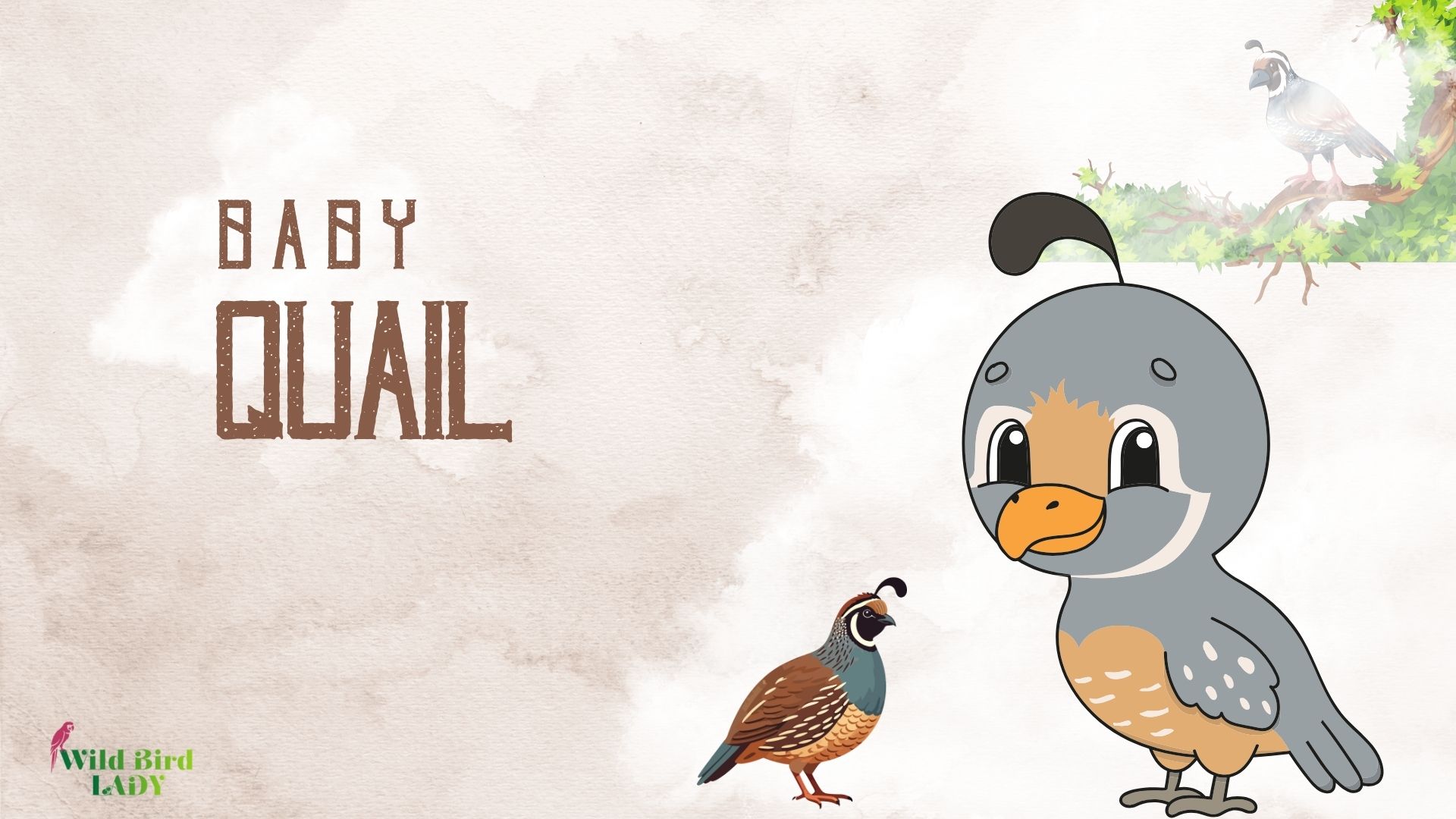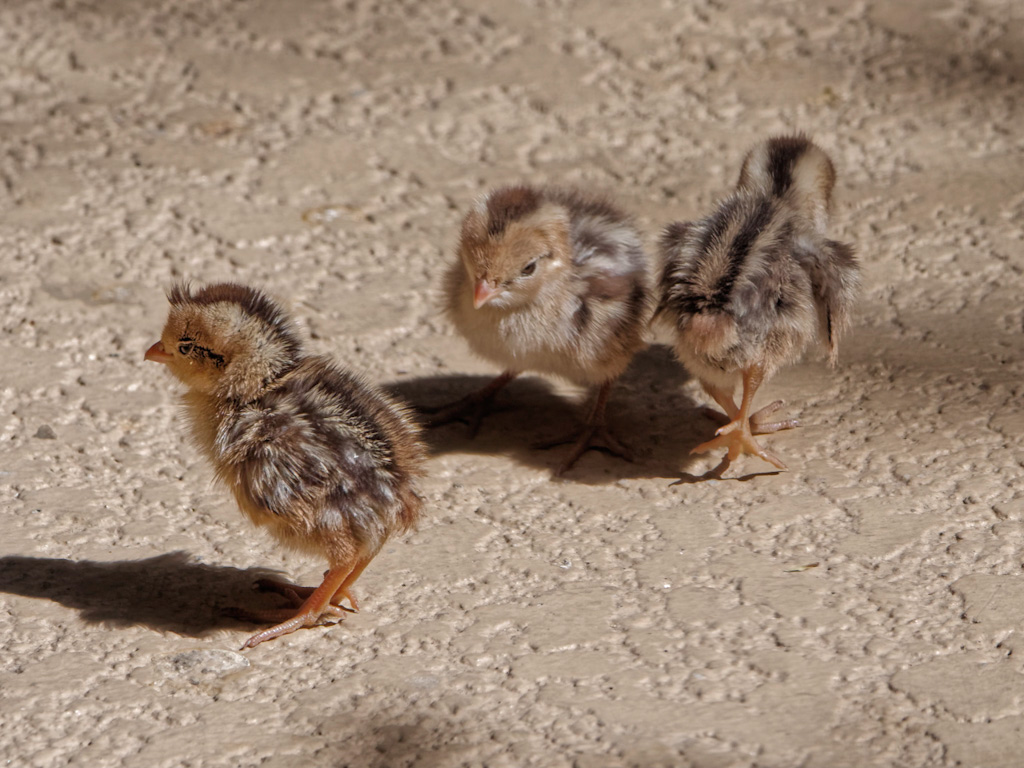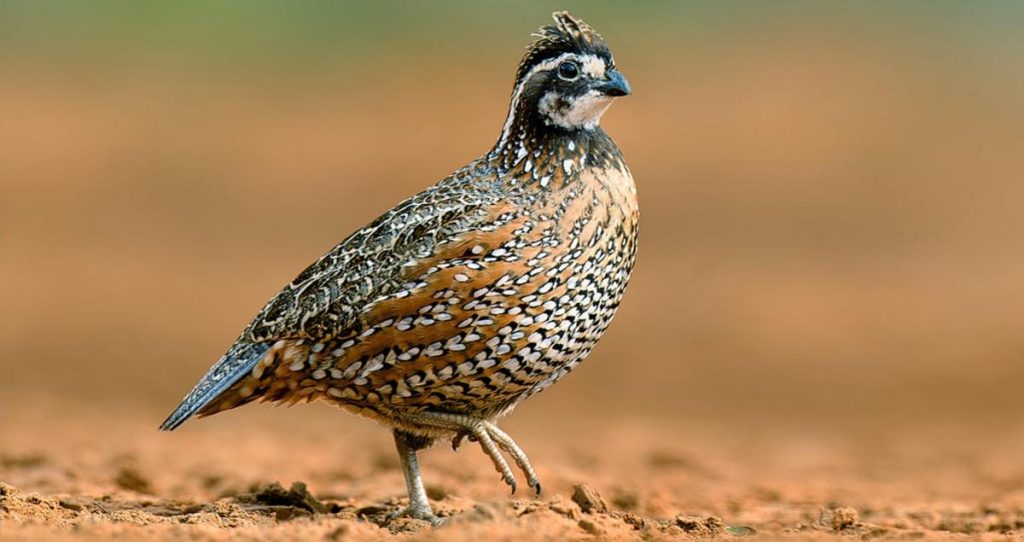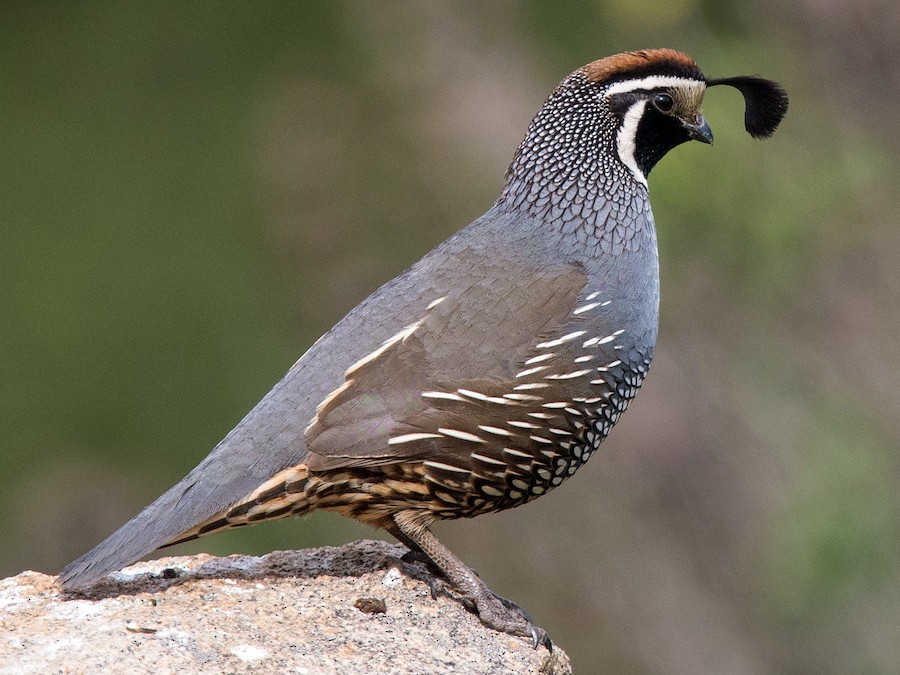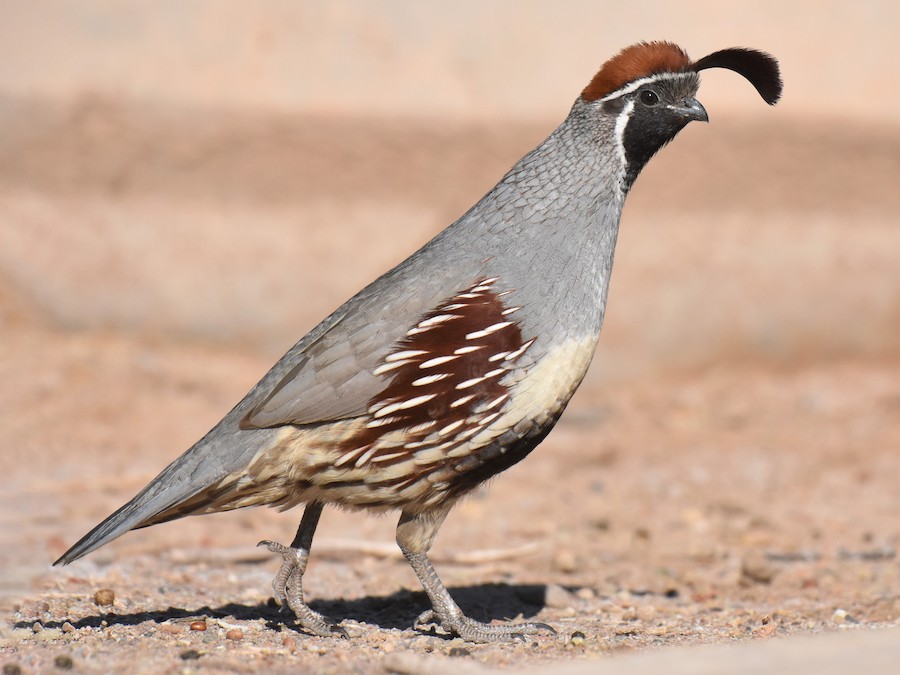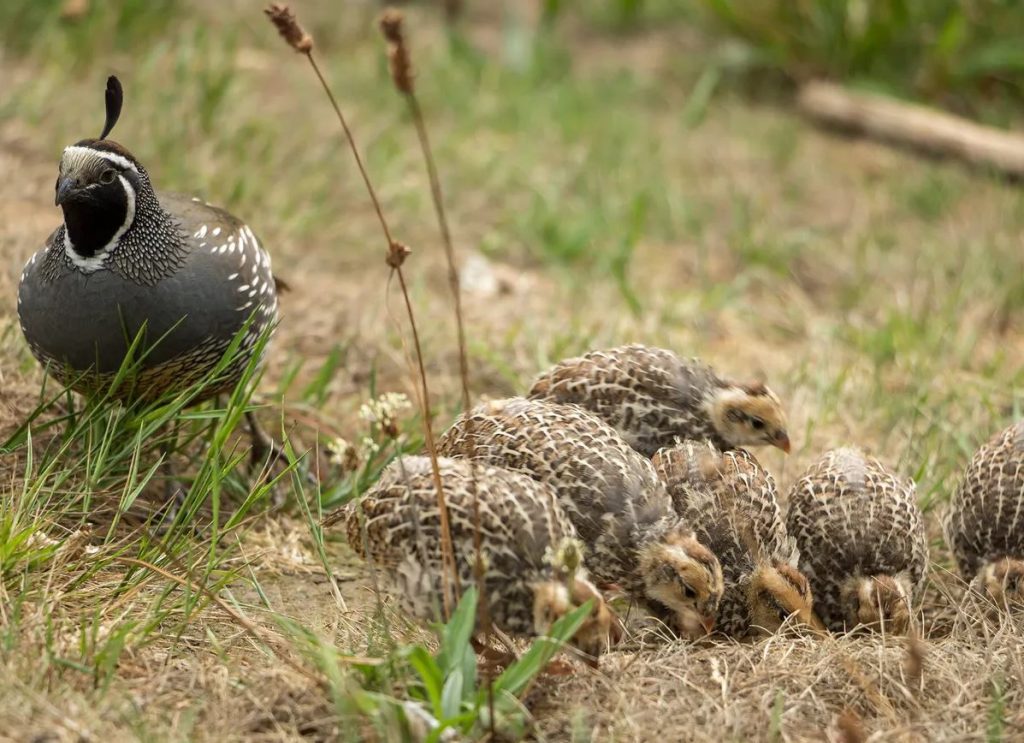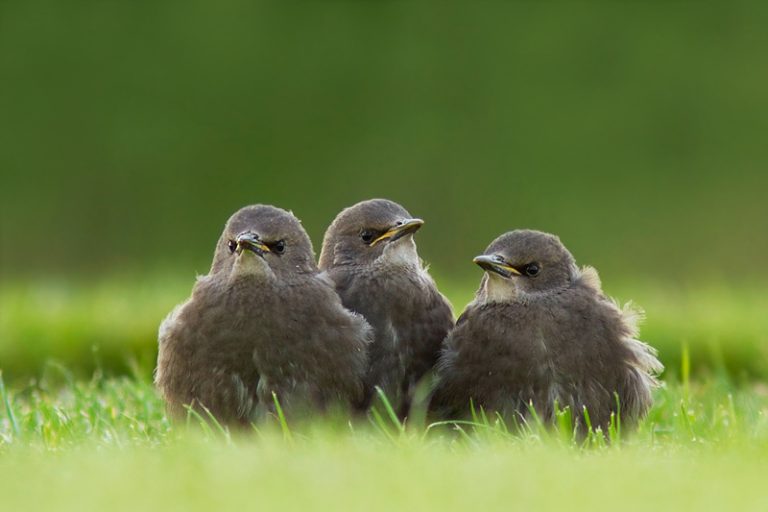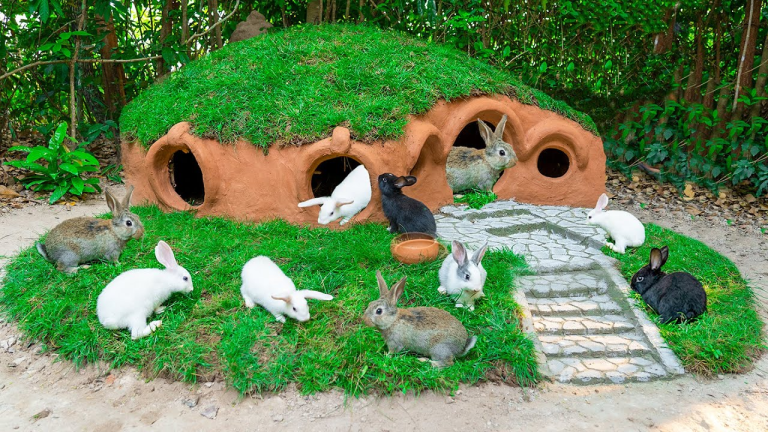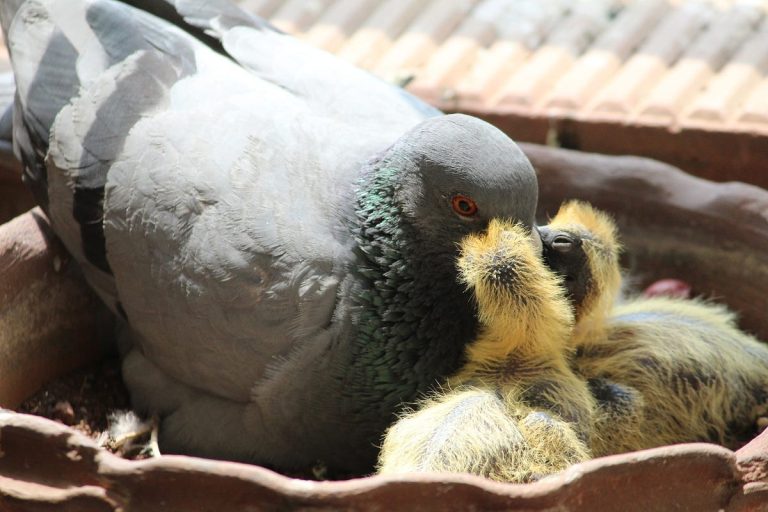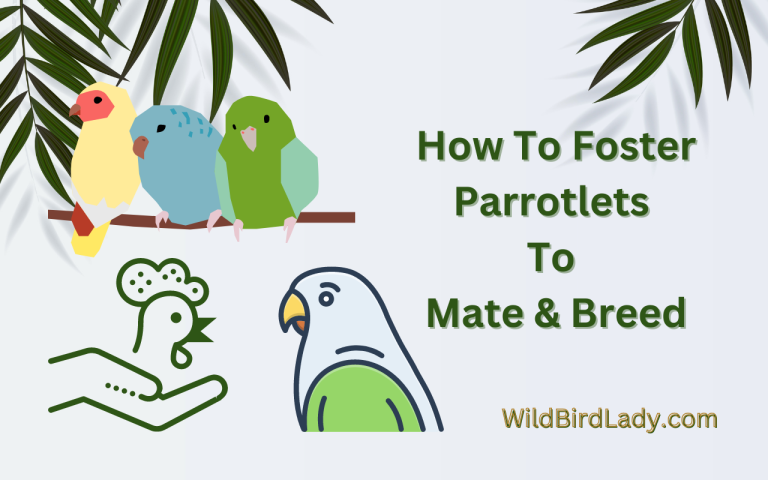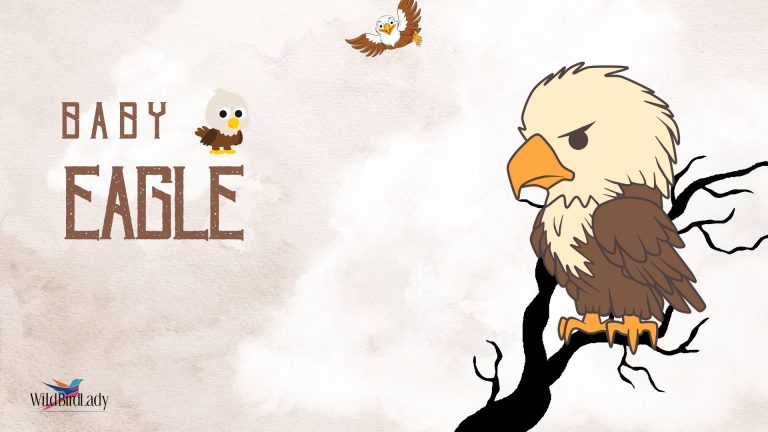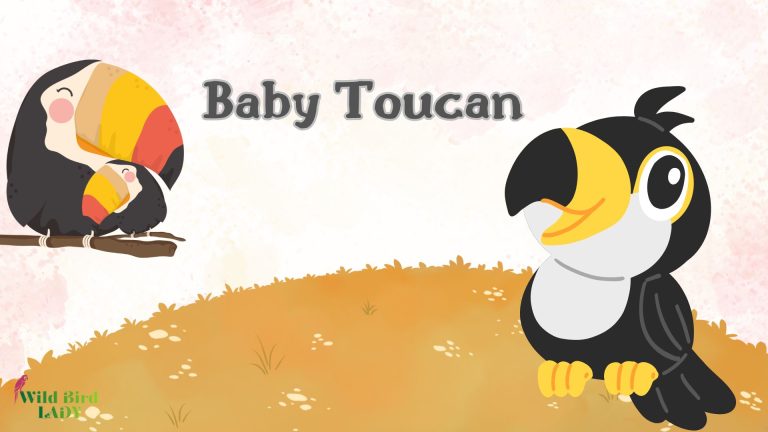Baby Quail 101: What They Look Like, Eat, and How to Help Them Thrive
By Rifat Ahmed, Birdwatching Expert with 13+ Years of Experience
There’s nothing quite as delightful as spotting a group of baby quail—also known as chicks or “cheepers”—darting through grass with their parents close behind. Their tiny, fluffy bodies, energetic movements, and soft calls make them one of the most endearing sights in the bird world.
As someone who’s spent over 13 years observing birds in the wild, I’ve had the privilege of watching countless broods of baby quail grow up—from fragile hatchlings to confident ground-dwellers. In this guide, I’ll walk you through everything you need to know about baby quail: what they look like, what they eat, where they live, and how you can help them thrive—whether you’re a bird lover, a backyard enthusiast, or simply curious.
Let’s get started.
What Do Baby Quail Look Like?
Baby quail are small, round, and unbelievably cute. They hatch fully covered in down, unlike many songbirds that emerge naked and helpless. This makes them precocial—able to walk and feed themselves within hours of hatching.
Key Features of Baby Quail:
- Size: Roughly 1–2 inches (2.5–5 cm) long at hatching; about the size of a ping pong ball.
- Weight: Usually around 6–10 grams (0.2–0.3 oz).
- Appearance: Soft, golden-brown or tan down feathers with dark stripes running down their backs. This camouflage helps them blend into the dry grasses and scrub.
- Eyes: Fully open at birth—bright, alert, and expressive.
- Mobility: Can walk, run, and even peep within an hour of hatching.
Because they’re ground nesters, quail chicks are extremely vulnerable to predators. Their coloration and skittish nature are survival tools they rely on from day one.
Species Spotlight: Common Types of Baby Quail in North America
While there are over 130 species of quail globally, the following are the most commonly observed in North America:
1. Northern Bobwhite (Colinus virginianus)
- Found in the eastern U.S.
- Chicks are golden-tan with strong black streaks.
- Noted for their “bob-white!” call.
2. California Quail (Callipepla californica)
- West Coast favorite with a plume on its head.
- Chicks tend to be more rounded and sociable.
3. Gambel’s Quail (Callipepla gambelii)
- Found in the Southwest deserts.
- Chicks have high heat tolerance and are well-camouflaged in sandy environments.
According to All About Birds, all of these species share similar life cycles—nesting on the ground, producing large clutches, and having precocial young that follow their parents shortly after hatching.
How Are Baby Quail Born?
Quail are ground-nesting birds. The female builds a shallow scrape in the dirt, lines it with grasses or feathers, and lays between 10 to 16 eggs in a single clutch.
Nesting Facts:
- Incubation: 21–24 days.
- Parental care: Both parents often participate in protecting and leading the young.
- Synchronous hatching: All eggs usually hatch within a few hours of each other.
- Fledge time: Baby quail don’t fledge like songbirds since they’re born feathered, but they become more independent after 3–4 weeks.
What Do Baby Quail Eat?
Unlike many baby birds that rely on regurgitated food from parents, baby quail forage for their own meals almost immediately after hatching—with some guidance, of course.
Natural Diet in the Wild:
- Insects: Ants, beetles, grasshoppers, caterpillars—critical protein sources during early growth.
- Seeds and grains: After the first few weeks, plant material makes up more of their diet.
- Berries and small fruits: Seasonal treats depending on habitat.
- Greens: Tender shoots and small leaves.
Protein is especially important in the first two weeks of life. According to the Cornell Lab of Ornithology, quail chicks need up to 25–30% protein in their diet during this rapid growth phase.
Helping Baby Quail Thrive in Your Backyard
If you live in an area with quail—particularly suburban zones near fields or open scrub—you may be lucky enough to host them in your yard. Here’s how to make your property a safe haven:
1. Provide Native Plants
Native grasses and shrubs not only provide food but also cover. Avoid manicured lawns and opt for:
- Buffalo grass
- Purple needlegrass
- Manzanita or sagebrush (in the West)
2. Offer a Dust Bath Area
Quail love dust baths to clean their feathers and deter parasites. A shallow pan of dry dirt or sand in a sunny area is perfect.
3. Don’t Use Pesticides
Even organic sprays can harm baby quail by contaminating their food sources or causing digestive issues. Go chemical-free.
4. Keep Cats Indoors
Cats are one of the leading causes of quail chick mortality. If you’re serious about helping quail, keep your feline friends inside or supervise them outdoors.
5. Install Low Water Dishes
Place shallow, ground-level dishes of water near cover. Add pebbles so chicks can easily reach without risk of drowning.
Raising Baby Quail in Captivity
Some people raise quail—like Coturnix quail—for eggs, meat, or conservation. Raising baby quail requires attention to their early-life needs.
Brooder Requirements:
- Temperature: 95°F (35°C) the first week, decreasing 5°F each week.
- Bedding: Paper towels or rubber shelf liner to avoid splayed legs.
- Feeder and waterer: Shallow and chick-safe.
- Heat source: Infrared heat lamps or brooder plates.
Diet in Captivity:
- Starter feed: Game bird starter with 24–30% protein.
- Additions: Finely chopped greens, mealworms (sparingly), and grit.
Keep in mind: Even in captivity, young quail grow fast. They can go from hatchling to adult size in 6–8 weeks.
Predators and Dangers to Baby Quail
Quail chicks have dozens of natural threats. Survival rates can be low—sometimes just 10–30% of chicks make it to adulthood in the wild.
Common Predators:
- Birds of prey: Hawks, owls
- Snakes: Especially those targeting ground nests
- Mammals: Raccoons, foxes, skunks, and domestic cats
- Human hazards: Pesticides, lawnmowers, habitat destruction
The best way to help baby quail survive is to create predator-safe environments with thick ground cover and minimal disturbance.
Life Cycle Timeline of a Baby Quail
Here’s a quick overview of what a typical quail chick’s life looks like:
| Age | Development Milestones |
|---|---|
| Day 1 | Hatches fully feathered, walks within hours |
| Week 1 | Follows parents, eats insects and small seeds |
| Week 2 | Begins to develop wing feathers |
| Week 3 | Can make short, fluttery flights |
| Week 4–5 | Starts gaining independence |
| Week 6–8 | Reaches adult size, may leave parents |
| 12+ weeks | Sexually mature |
In the wild, some quail may even begin breeding their own broods before the year is up!
Interesting Facts About Baby Quail
- They imprint quickly: In both wild and captive settings, baby quail will follow the first moving thing they see after hatching.
- They form coveys: Even young quail often stick together in groups with siblings for safety.
- Chicks can go from 0 to 20 mph: Though they can’t fly far early on, they can run surprisingly fast to escape predators.
Final Thoughts from the Field
In my years observing birds across North America, I’ve always found quail to be among the most charming and resilient. There’s something deeply rewarding about watching a brood of baby quail scurry after their parents, learning to survive in a world full of dangers.
Whether you’re hoping to spot wild chicks in your backyard or thinking about raising them yourself, understanding their needs is the first step. Provide the right mix of shelter, food, and safety, and you’ll be playing a part in supporting one of nature’s most vulnerable and endearing creatures.
As All About Birds reminds us, conserving native bird species begins with knowledge. And for baby quail, that knowledge can mean the difference between life and death.
FAQ About Baby Quail
1. What do baby quail eat in the wild?
Baby quail primarily eat insects like ants, beetles, and grasshoppers during their first few weeks for protein. As they grow, they begin consuming seeds, greens, and small fruits.
2. Can baby quail survive without their mother?
While baby quail are precocial and can walk and eat on their own shortly after hatching, they still rely heavily on their parents for protection and guidance. Without that care, their chances of survival drop significantly.
3. How long do baby quail stay with their parents?
Most baby quail stay with their parents for about 4–6 weeks, sometimes longer, depending on the species and environmental conditions.
4. Where do baby quail live?
Baby quail live on the ground, typically in tall grasses, brush, or under shrubs. Their parents lead them through areas with dense cover to protect them from predators.
5. How fast do baby quail grow?
Baby quail grow very quickly. Within 6 to 8 weeks, they reach adult size and are capable of short flights. They can become sexually mature as early as 10–12 weeks old.
6. How many eggs do quail lay at once?
A female quail typically lays between 10 to 16 eggs in a single clutch. All eggs usually hatch within a few hours of one another after an incubation period of 21–24 days.
7. What should I feed captive baby quail?
Captive baby quail should be fed a high-protein game bird starter feed (24–30% protein). You can also offer finely chopped greens and insects like mealworms in moderation.
8. Are baby quail hard to raise?
Raising baby quail requires attention to temperature, diet, and cleanliness. They grow fast but are delicate in the first few weeks, especially when brooding without a hen.
9. What predators threaten baby quail?
Common predators include hawks, snakes, foxes, raccoons, cats, and even lawn equipment. Their best defense is good ground cover and parental protection.
10. Can I release captive baby quail into the wild?
It’s not recommended unless you’re working with a licensed wildlife rehabilitator or conservation program. Captive quail lack the survival skills and imprinting needed to thrive in the wild.

